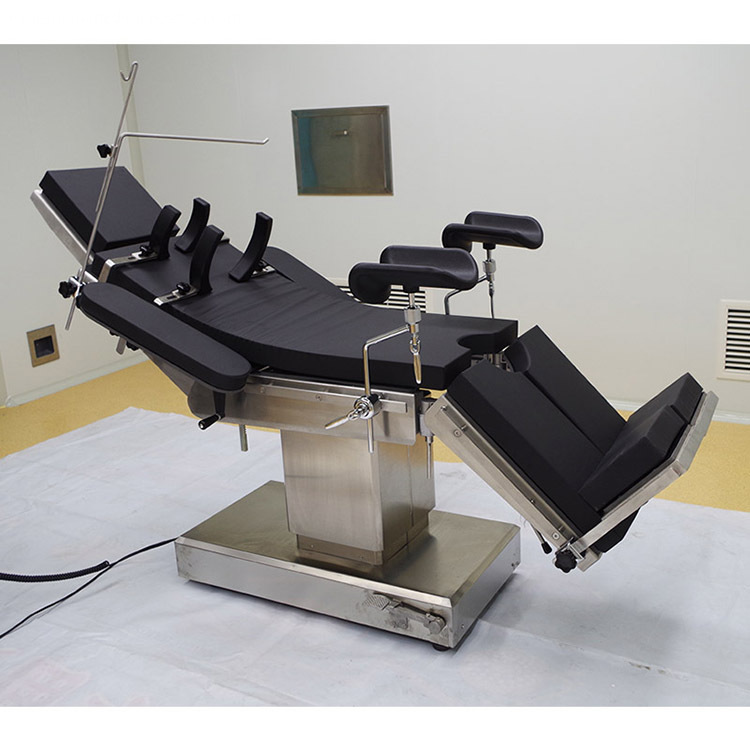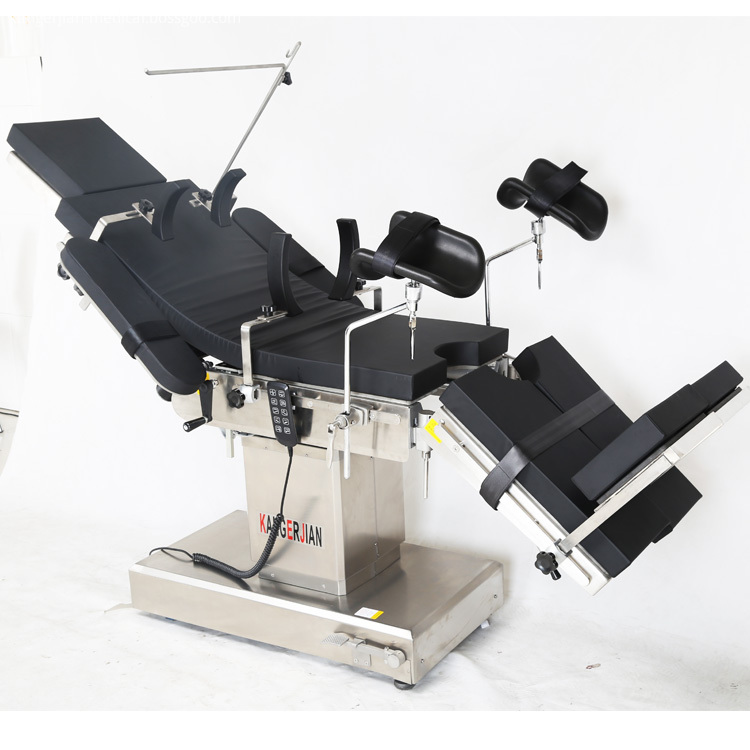The cultivar was cut into a large cut flower culture using a detached peduncle around the cue ball. A ball with a diameter of about 1 cm needs to be cultivated for two 7-growth seasons; a ball with a diameter of 1.5-2 cm can reach a production ball with a circumference of 12 cm in one year of cultivation.
1. Planting Density The planting density of small ball is generally 100-200/m2, which fluctuates slightly according to the size of the ball. Children's balls with a perimeter of more than 6 cm should be kept below 150/m2 and small ball 5cm10cm.
2. Planting depth The planting depth of the ball should be determined according to the size of the ball. The larger the ball, the deeper the planting. The height from the dome to the soil surface is generally equivalent to the circumference of the ball. Three times the diameter of the bulb.
3, planting time to enter the winter before 30 to 40 days is appropriate. It is about from late September to mid-October in Beijing. The specific time should be based on the temperature changes in the year. It can be fully rooted before winter, but buds are not unearthed. Because the root growth temperature is above 5oC. If the seed is late, the ball often cannot take root in the severe winter season. Roots and shoots are not developed until the spring of one year. In the short spring, the time for the growth and development of the tulip is greatly shortened, which is not conducive to the increase of bulbs. Antifreeze should be poured before entering winter to facilitate the wintering of the ball.
4. Fertilization Management From the point of view of changes in the nutrient content of the tulip, it can be understood that the nitrogen, phosphorus, potassium, and calcium nutrients are reduced by 75% in the cue ball to the flowering stage, and the nutrients are completely consumed after flowering; In stems and leaves, the nutrition before flowering increased continuously and declined sharply after flowering. In the renewal ball, nutrients increased rapidly after flowering of the parent ball and the new ball continued to grow. Therefore, a large amount of nutritional elements need to be added during the development of the new ball.
The amount of nutrients needed for the growth of the child's balls is greater than the amount needed to cut the flowers. Therefore, it is necessary not only to apply basal fertilizer, but also to give top dressing several times during the growth of the pellets. Tulip special fertilizers have been commercialized abroad for extra-root dressing. Such as their own fertilizer, according to the general rules of the growth and development of tulips, can be applied in the early budding nitrogen and phosphorus fertilizer, fertilizer amount of 40 to 60 grams / square meter is appropriate, the ratio of nitrogen and phosphorus can be N: P2O5 = 2:1.5. After emergence and flowering, phosphorus and potassium can be topdressed 3 to 4 times, each time 30 to 40 grams / square meter, basically a phosphate fertilizer, potash fertilizer half. After the soil is thawed in the beginning of spring, when the leaf buds are unearthed, the fertilizer is chased every 2 weeks, and the soil is irrigated with an aqueous solution of 1 to 2% calcium nitrate or potassium nitrate.
5, water management Tulip bulb cultivation should be sprinkler irrigation, flood irrigation should not be. This helps maintain soil moisture stability and allows the local environment to cool. If the soil moisture is appropriate, it is not necessary to immediately irrigate and the bulbs can naturally root. Before and after winter, no part of the ground grows. In dry areas in winter, it should be irrigated before going into winter. 2 to 3 weeks before going to sleep, water and fertilizer should be stopped. During the whole spring growing season, it can be topdressed for 5 to 6 times. The combination of irrigation and topdressing, with moderate dosage, keeps the soil matrix moist and has a good contemporaneous state to prevent overdrying or excessive humidity.
6, pruning management Some bulbs in the spring after germination, will quickly bolting, budding, this time as soon as possible scissors to cut buds, keep all the leaves, so that concentrated supply of nutrients to supply bulbs.
7. Rotation system Tulip bulb production is the most contagious. After planting a ball for one year in one piece, other crops should be changed. Dutch producers only plant bulbs once every 10 years on the same land.
8. Diseases and Insect Pests Prevention All the plants were carefully inspected and found to be susceptible. The bulbs were excavated in time and were removed from the plot and destroyed. This work must be carried out regularly and it should not be taken care of. Because the tulip virus disease spreads rapidly, if a disease is not cleared in time, it will quickly infect the surrounding plants.
1. Planting Density The planting density of small ball is generally 100-200/m2, which fluctuates slightly according to the size of the ball. Children's balls with a perimeter of more than 6 cm should be kept below 150/m2 and small ball 5cm10cm.
2. Planting depth The planting depth of the ball should be determined according to the size of the ball. The larger the ball, the deeper the planting. The height from the dome to the soil surface is generally equivalent to the circumference of the ball. Three times the diameter of the bulb.
3, planting time to enter the winter before 30 to 40 days is appropriate. It is about from late September to mid-October in Beijing. The specific time should be based on the temperature changes in the year. It can be fully rooted before winter, but buds are not unearthed. Because the root growth temperature is above 5oC. If the seed is late, the ball often cannot take root in the severe winter season. Roots and shoots are not developed until the spring of one year. In the short spring, the time for the growth and development of the tulip is greatly shortened, which is not conducive to the increase of bulbs. Antifreeze should be poured before entering winter to facilitate the wintering of the ball.
4. Fertilization Management From the point of view of changes in the nutrient content of the tulip, it can be understood that the nitrogen, phosphorus, potassium, and calcium nutrients are reduced by 75% in the cue ball to the flowering stage, and the nutrients are completely consumed after flowering; In stems and leaves, the nutrition before flowering increased continuously and declined sharply after flowering. In the renewal ball, nutrients increased rapidly after flowering of the parent ball and the new ball continued to grow. Therefore, a large amount of nutritional elements need to be added during the development of the new ball.
The amount of nutrients needed for the growth of the child's balls is greater than the amount needed to cut the flowers. Therefore, it is necessary not only to apply basal fertilizer, but also to give top dressing several times during the growth of the pellets. Tulip special fertilizers have been commercialized abroad for extra-root dressing. Such as their own fertilizer, according to the general rules of the growth and development of tulips, can be applied in the early budding nitrogen and phosphorus fertilizer, fertilizer amount of 40 to 60 grams / square meter is appropriate, the ratio of nitrogen and phosphorus can be N: P2O5 = 2:1.5. After emergence and flowering, phosphorus and potassium can be topdressed 3 to 4 times, each time 30 to 40 grams / square meter, basically a phosphate fertilizer, potash fertilizer half. After the soil is thawed in the beginning of spring, when the leaf buds are unearthed, the fertilizer is chased every 2 weeks, and the soil is irrigated with an aqueous solution of 1 to 2% calcium nitrate or potassium nitrate.
5, water management Tulip bulb cultivation should be sprinkler irrigation, flood irrigation should not be. This helps maintain soil moisture stability and allows the local environment to cool. If the soil moisture is appropriate, it is not necessary to immediately irrigate and the bulbs can naturally root. Before and after winter, no part of the ground grows. In dry areas in winter, it should be irrigated before going into winter. 2 to 3 weeks before going to sleep, water and fertilizer should be stopped. During the whole spring growing season, it can be topdressed for 5 to 6 times. The combination of irrigation and topdressing, with moderate dosage, keeps the soil matrix moist and has a good contemporaneous state to prevent overdrying or excessive humidity.
6, pruning management Some bulbs in the spring after germination, will quickly bolting, budding, this time as soon as possible scissors to cut buds, keep all the leaves, so that concentrated supply of nutrients to supply bulbs.
7. Rotation system Tulip bulb production is the most contagious. After planting a ball for one year in one piece, other crops should be changed. Dutch producers only plant bulbs once every 10 years on the same land.
8. Diseases and Insect Pests Prevention All the plants were carefully inspected and found to be susceptible. The bulbs were excavated in time and were removed from the plot and destroyed. This work must be carried out regularly and it should not be taken care of. Because the tulip virus disease spreads rapidly, if a disease is not cleared in time, it will quickly infect the surrounding plants.
Electric Operating Table Adopt Famous brand JIECHANG electric push rod as the power source for the operation tables. Operation beds adopt medical grade 304# full stainless steel materials; Full set of micro electric control system for ot table with low noise, overload protection, safty reliablity; TheElectric Operating Table entire table of operating table can move forward and backward to realize full position C-arm and X-ray radiography.


Operating Table
Operating Table,Surgical Table,Surgery Table,Surgical Operation Table
Shandong Kang'erjian Medical Technology Ltd. , http://www.kangerjian-medical.com